
The ‘Splainer (as in, “You’ve got some ‘splaining to do”) is an occasional feature in which RNS gives you everything you need to know about current events to help you hold your own at a cocktail party.
(RNS) Viewers of Masterpiece’s “Wolf Hall” might be forgiven for getting a bit confused about who’s who in the six-part miniseries based on Hilary Mantel’s books. At least four of the main characters are all named Thomas. Even more confusing, three of the four Thomases wear nearly identical black hats.
No matter the color of their hats, the four Thomases were pivotal figures in English history, as they oversaw the country’s break with the Roman Catholic Church and its embrace of the English Reformation. Let us ‘Splain who’s who in “Wolf Hall” in terms of religion:
Thomas Cromwell: Chief adviser to King Henry VIII from 1532 to 1540, before it was “off with his head.” Cromwell engineered Henry’s divorce from Queen Catherine of Aragon and his marriage to Anne Boleyn, which resulted in England’s break from the Roman Catholic Church. Without Cromwell, there might not have been an English Reformation or a Church of England, not to mention the Episcopal Church in the U.S.
Though raised Catholic (as all in England were at the time), Cromwell was a reformer — a Protestant. “Wolf Hall” shows this in its first episode as Cromwell and other men discuss BIble translator William Tyndale, who was declared a heretic. After the break with Rome, Cromwell shepherded the first English translation of the entire Bible, called the “Matthew Bible” or the “Great Bible,” through publication and arranged for one to be displayed in every church, “whereas your parishioners may most commodiously resort to the same and read it.”
Cardinal Thomas Wolsey: The Catholic archbishop of York and one of the more tragic figures in Tudor history, as well as one of the best-dressed (complete with scarlet beanie). Wolsey was Henry’s confessor and spiritual adviser — as well as his Lord Chancellor, or chief enforcer.
But when Henry decided he wanted to end his marriage with Catherine, Wolsey found himself the servant of two masters — Rome and England. He was unable to bring about the annulment and fell from power — the last Catholic clergyman to have political influence in England. He died — some say by suicide — under arrest on his way to the Tower of London.
Sir Thomas More: “Wolf Hall” readers and viewers are tempted to boo and hiss when this rendition of More appears — and not just because they were forced to read his impenetrable “Utopia” in high school. Mantel’s More is a dour snob whose meals are spoiled by sitting down with Cromwell, a mere “blacksmith’s boy.” But More, a lawyer who became Henry’s Lord Chancellor in 1529 — is revered as a saint and a martyr in the Catholic Church for being so true to his faith that he laid his head on the chopping block rather than recognize Henry as the head of the church in England. Disliked and feared by most of the characters of “Wolf Hall,” More is shown burning men for their heretical ideas, not books, as his predecessor Wolsey did.
More did send four convicted heretics to the stake, though Catholics claim he did so only after giving them every chance to repent. He was convicted of treason and executed in 1535.
Thomas Cranmer: onetime Archbishop of Canterbury and Church of England reformer. Born a minor nobleman’s son, Cranmer joined a Catholic order in 1510 but was kicked out when he — oops! — married a tavern-keeper’s daughter who was pregnant with his child. When she died in childbirth, he returned and entered the priesthood.
But it didn’t stick too well. Cranmer didn’t see why Henry shouldn’t get a divorce if he wanted one, so the king sent him to Rome to argue for him. Stopping in Germany, he met the daughter of a Lutheran reformer and — oops again! — married her. He had to sneak her into England and hide her while he was made Archbishop of Canterbury.
Then he became a real reformer. He declared Henry’s marriage to Catherine void and married him to Anne Boleyn. He helped Cromwell produce the first full Bible in English. He helped write the Book of Common Prayer, still in use in the Anglican and Episcopal churches today.
But when Queen Mary I, Catherine’s daughter and a devout Catholic, ascended the throne in 1553, she tried him for treason and forced him to recant his Protestantism. Which he did, in writing. Then she burned him at the stake in 1556. Legend has it that Cranmer put his right hand — the one that signed his recantation — into the fire first.
Related
Before You Go
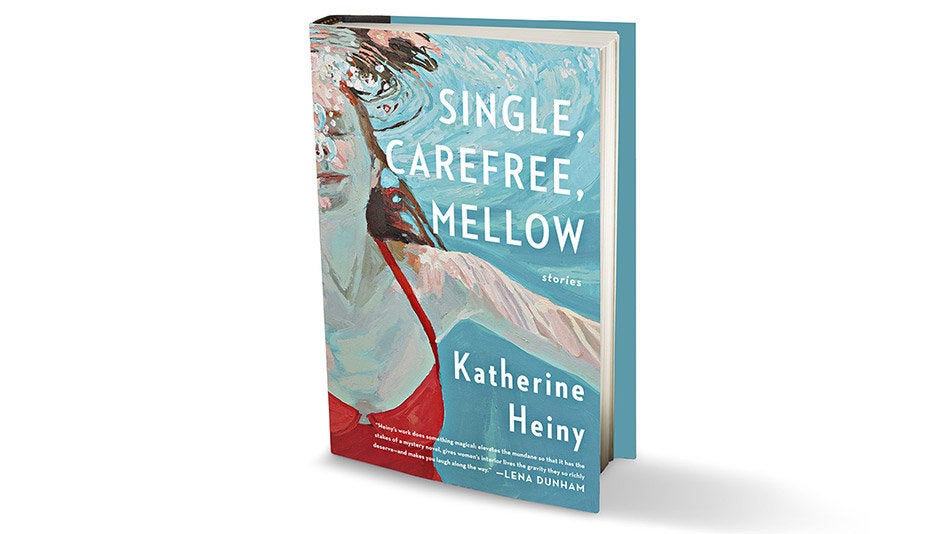
240 pages; Knopf
Whether falling short of their own expectations or into the beds of married men, the protagonists in Katherine Heiny's debut story collection, Single, Carefree, Mellow, are a joyful mess. A mother botches her son's birthday party by hiring a depressive "balloonologist"; Maya, a librarian, juggles her attraction to her dying dog's vet, her French boss and her long-term boyfriend, Rhodes. In every case, caution is thrown to the wind, lessons go unlearned -- and somehow everyone is the better for it.
Heiny uses dark humor to examine life's absurdities, paying close attention to the fears and frustrations inherent in modern womanhood. In "Grendel's Mother," pregnant Maya's ob-gyn greets her in the exam room wearing a seersucker suit and boater hat, which both alarms and pleases Maya "because she desperately wanted to believe that having a baby could be a jolly, carefree experience." In "Blue Heron Bridge," the jubilation an affair brings to an overextended mother is made possible by the babysitting services of a minister living above the family's garage.
Heiny's protagonists are so fullhearted and life loving, we can't help rooting for them. Even scorned partners seem incapable of holding a grudge against the women who've wronged them: In the three stories dedicated to Maya's ongoing relationship with Rhodes, he greets her seesawing affections with back rubs and episodes of Jeopardy! in bed. It's a measure of Heiny's talent that Rhodes comes off not as a buffoon but as a man patient enough to wait out an emotional storm.
Along with its wit, what makes Single, Carefree, Mellow an especially exhilarating read is the author's respect for her hedonists. Rather than judge her characters' betrayals, Heiny gives them time to compare the sugar high of instant gratification with the mature rewards of the long term. The collection is a celebration not of faithfulness but of our faith in love.
— Courtney Maum
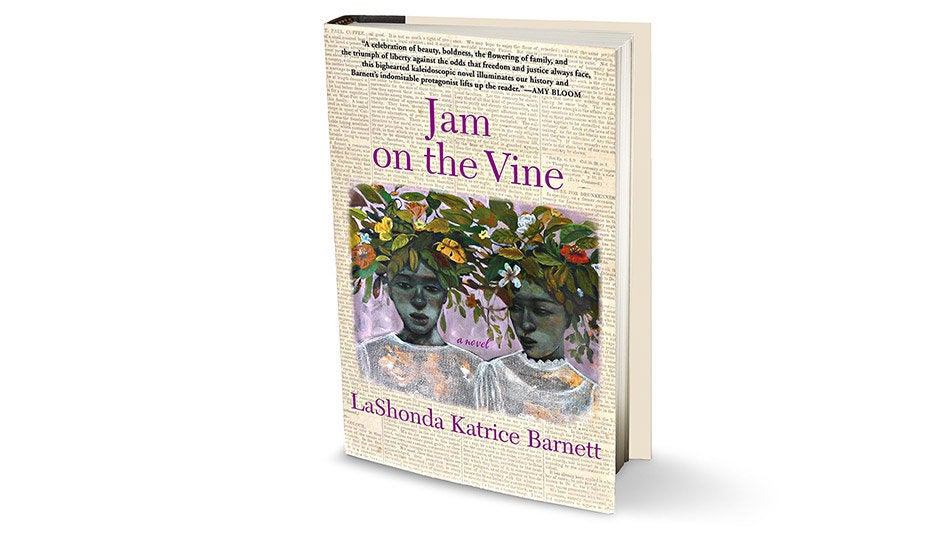
336 pages; Grove Press
Jam on the Vine, LaShonda Katrice Barnett's fiction debut, consists of a trio of stories that begin in 1897 and chronicle the growing pains of a nation. The book centers on the emergence of a leading "Race Woman" and intellectual powerhouse, Ivoe Williams, and her creation, a community newspaper aimed at black readers.
Unlike many others in Little Tunis, Texas, the Williamses aren't sharecroppers; they make their living from blacksmithing and other low-paying work. As poor as they are, they are never down-and-out. When Ivoe's mother is unfairly fired from her job as a cook, she adapts by selling her renowned homemade preserves. Ivoe absorbs essential life lessons from observing the adults around her and thrives in school; so deeply does she love language that the dictionary is her favorite book. When starved for something to read -- the family owns no books -- she filches newspapers and devours every line.
Ivoe's interest in journalism deepens after she meets Ona Durden, who poses a question that shapes the rest of Ivoe's life: "What work are you doing for the race?" Ivoe's answer is the newspaper business, about which Ona teaches her everything. Ivoe learns to use her role as an editorialist to call for racial equality. And as she grows professionally and politically, she blossoms sexually, discovering a passion for women.
After cofounding the paper Jam on the Vine, Ivoe's editorials sharpen. By 1919 (when real-life race riots left many communities in flames), her articles are met with violence. Ivoe is brutally assaulted, yet the attack only strengthens her resolve.
Weaving actual historical records throughout, Barnett creates an ode to activism, writing with a scholar's eye and a poet's soul.
— Tayari Jones

480 pages; Amistad
Why haven't we heard of Ethel Payne until now? Born in 1911 on Chicago's South Side, Payne, granddaughter of slaves and daughter of a Pullman porter, left her quiet job as a library clerk at age 39 to work as a reporter for the seminal black newspaper the Chicago Defender. Her ambition was to become an "instrument of change," covering the news not from the perspective of the mainstream press, but from that of a woman who knew a thing or two about racial injustice. Her hometown paper, the Chicago Tribune, routinely used words such as "darky" to describe black citizens. Payne wanted to help create a new lexicon, to speak directly to an audience who cared about what she did: "We are soul folks and I am writing for soul brothers' consumption," she once observed. Over four decades, she witnessed and wrote about key moments in the civil rights movement and always spoke truth to power, as when she called for President Dwight D. Eisenhower to support desegregation.
In James McGrath Morris's compelling biography, Eye on the Struggle (Amistad), this "first lady of the black press" finally gets her due. Morris lovingly chronicles Payne's dedication and her rise to become one of the few black members of the White House press corps and the first African American television commentator on a national network. Payne was in the room when President Lyndon B. Johnson signed the Civil Rights Act. For her, being a reporter was about "stretching the horizon of the heart." Never content simply to "live and let live," she sought always to engage, fight and make change.
— Claudia Rankine
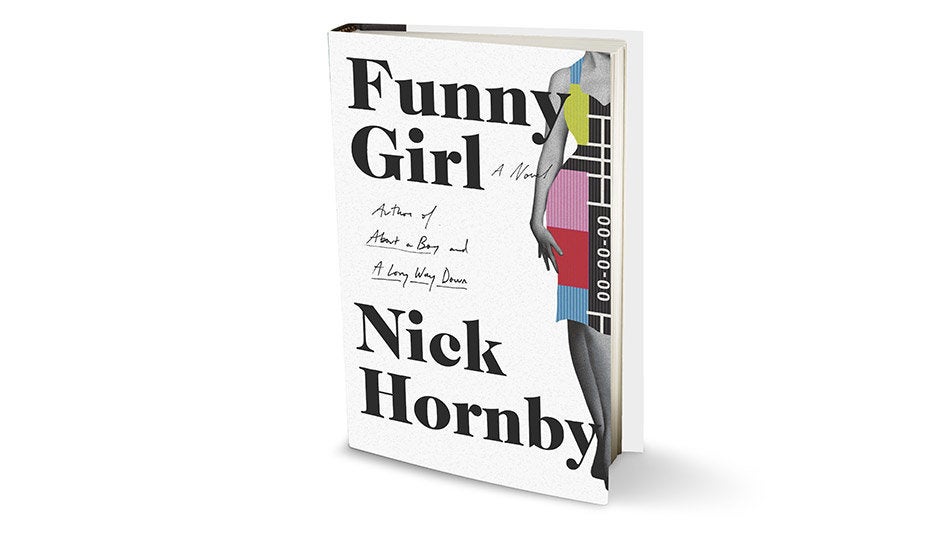
464 pages; Riverhead
Nick Hornby's latest book contemplates the power of beauty, but Hornby's protagonist uses hers to her advantage. Sophie is a comedian with the face and body of a bombshell. She'll do anything to realize her ambition to become England's Lucille Ball, including postponing a visit to her father, who's just had a heart attack, in favor of doing a TV taping. Set behind the scenes of a 1960s sitcom, this pleasingly old-fashioned novel follows Sophie as she rockets to fame. Both endearing and insufferable, Sophie is ultimately irresistible, thanks to her unfailing ability to catch herself in the act of being shallow. After she opts not to run to see her ailing dad, Hornby writes that Sophie had "always suspected that she was the sort of girl who wouldn't go home to see a sick father if she had a shot at a television series."
If beauty is a gilded cage, it's one it is possible to escape and thrive outside of, if you have the heart and guts of this heroine.
— Leigh Haber
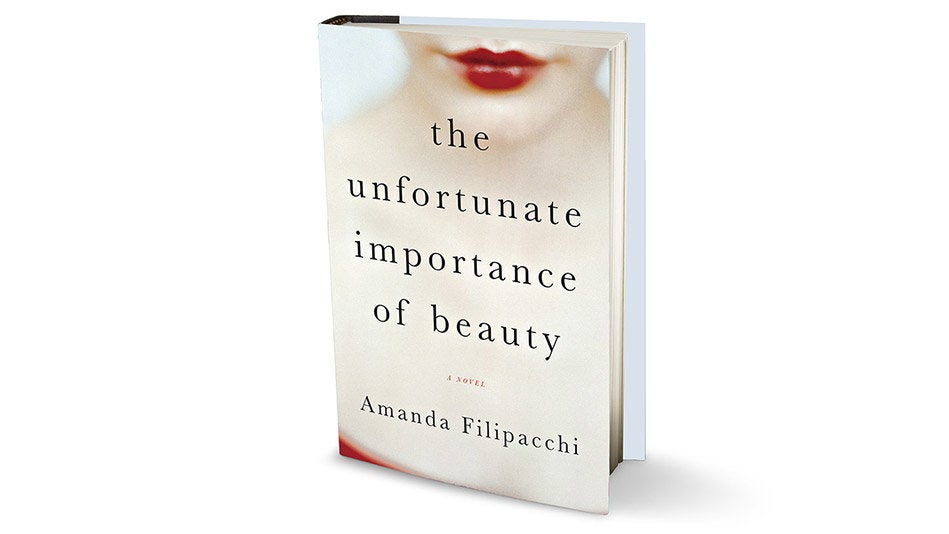
336 pages; Norton
"It's physically painful to look at you, you're so beautiful," observes Gabriel to Barb before he kills himself, leaving behind a suicide note attributing his despair to unrequited love for her. Believing her good looks to be a "deadly weapon," Barb, a costume designer with a flair for the dramatic, thereafter chooses to conceal her beauty beneath a fat suit and sloppy gray wig -- a uniform she wears every time she leaves her apartment for almost two years after Gabriel's death. Only her closest friends and her disapproving mother know what she really looks like, and that's the whole point of The Unfortunate Importance of Beauty, Amanda Filipacchi's zanily satirical, spot-on novel. If Barb's exquisite appearance is so distracting that men can't discern who she is inside, she'll have to find a soul mate without the burden of her seductive exterior.
— Leigh Haber
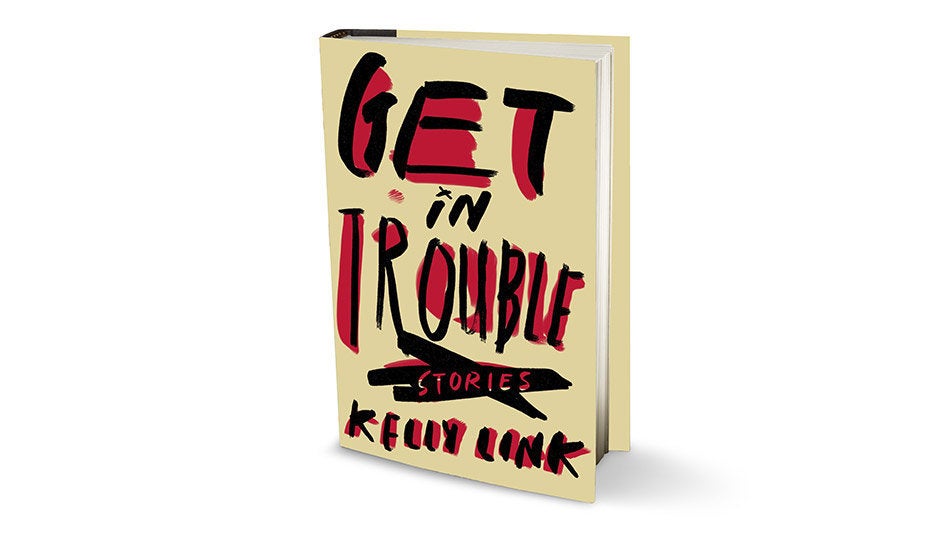
352 pages; Random House
"The sky was always falling," thinks a 38-year-old alcoholic on her way to a nervous breakdown. She has a Beretta decorated with Hello Kitty stickers and a wayward alien husband, yet is one of the more well-adjusted characters in Get in Trouble, Kelly Link's sensational volume of short fiction.
Alien husband aside, the terms science fiction and magical realism do not do this collection justice. But how exactly to classify stories featuring a demon lover and a giant blood bubble sipping a cocktail in a hotel lobby? Not that the author cares about labels. When traditional publishing houses rejected her early collections, Link printed them through her and her husband's own small press, becoming a short-fiction folk hero. Get in Trouble is something of a victory lap, combining eight previously published knockouts with one new story about a gay couple trapped at the destination wedding from hell, while back on the mainland their child is born prematurely.
Moonshiners, astronauts, super-villains sculpted from butter, Floridians -- Link's characters span genres, time periods and dimensions. What connects them is a shared sense of imprisonment. Amid outlandish locales and sci-fi nightmares, Link explores familial ties that bind and the aching truth that like her characters, we all are trapped in our own stories.
So is there a way out? The marooned fathers-to-be find solace in each other until a boat arrives. As for the 30-something alcoholic, a hurricane rips apart her front yard, opening a hole into a parallel universe. She staggers out of her wrecked home and is faced with a choice: stay in her old life, or pack spare underwear and gin and set forth into a new world. Each of these stories presents the reader with the same setup: Remain in your narrative comfort zone, or venture into Link's uncharted sea of troubles.
Come on. Live a little.
— Natalie Beach